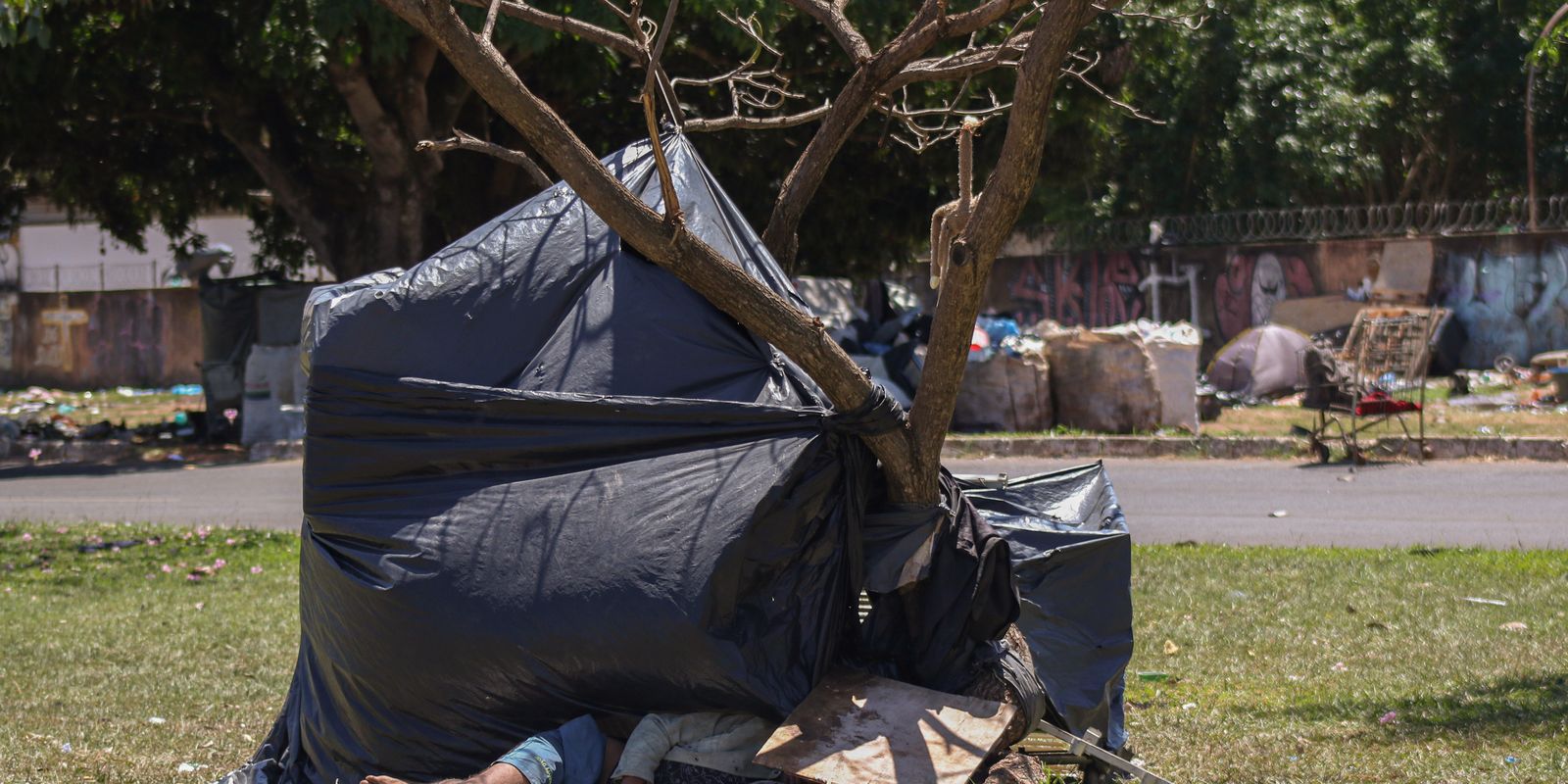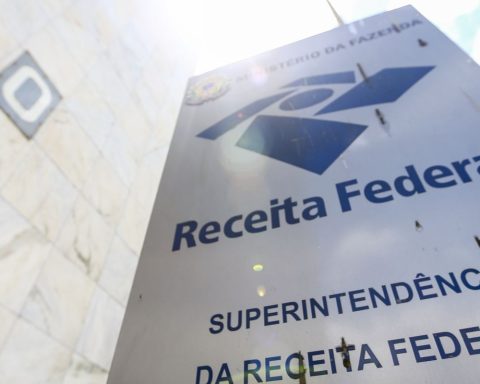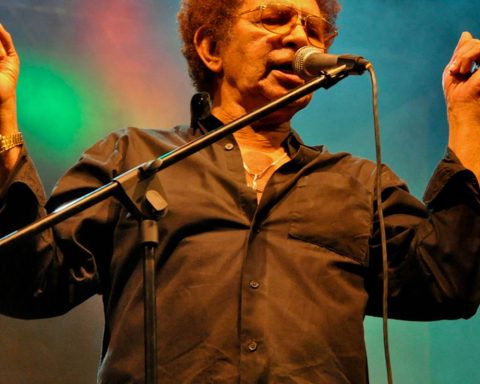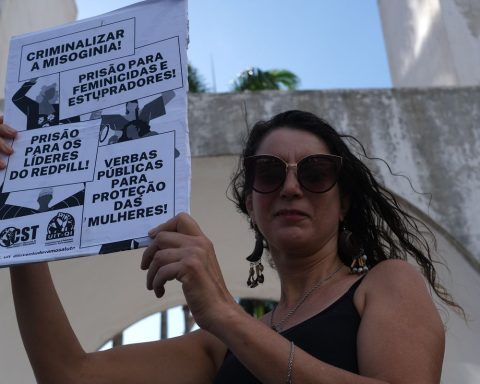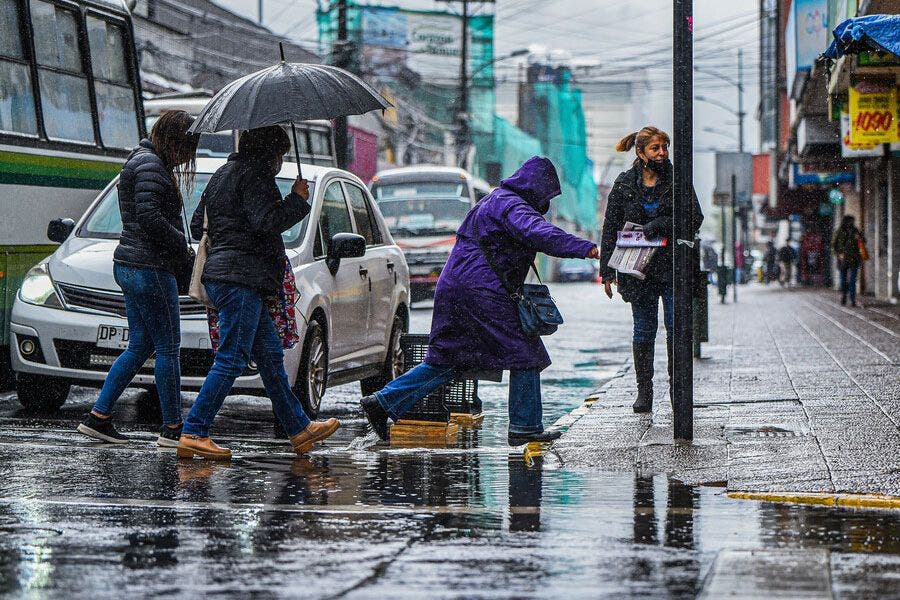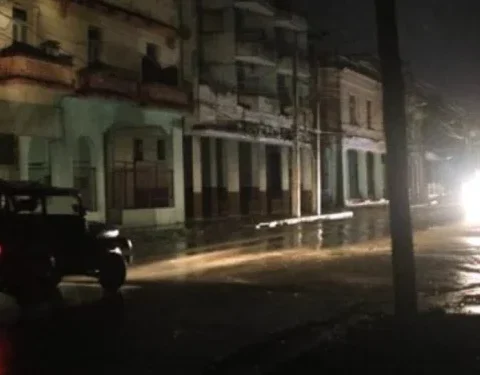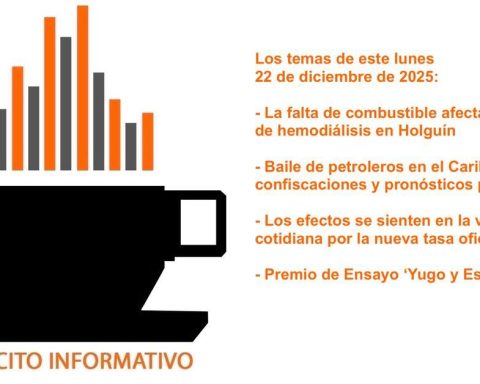The number of people living on the streets across Brazil increased by approximately 25%. If in December 2023 there were 261,653 people in this situation, this number reached 327,925 at the end of last year. The information comes from the most recent survey released by the Brazilian Observatory of Public Policies with the Homeless Population, at the Federal University of Minas Gerais (OBPopRua/POLOS-UFMG). The number calculated in December 2024 is 14 times higher than that recorded eleven years ago, when there were 22,922 people living on the streets in the country.
The survey was carried out based on data from the Single Registry of Social Programs (CadÚnico), which brings together beneficiaries of social policies, such as Bolsa Família and the Continuous Payment Benefit (BPC), and serves as an indication of vulnerable populations to quantify transfers from the federal government to municipalities.
The Southeast Region is where 63% of the country’s homeless people are concentrated, with 204,714 people, followed by the Northeast Region, with 47,419 people (14%).
In the state of São Paulo alone, which represents 43% of the country’s total homeless population, this number jumped from 106,857 in December 2023 to 139,799 people in December last year. This number is 12 times higher than what was observed in December 2013, when there were 10,890. Next come the states of Rio de Janeiro, with 30,801, and Minas Gerais, with 30,244.
According to the coordinator of the Brazilian Observatory of Public Policies with the Homeless Population, André Luiz Freitas Dias, the increase in this population can be explained by the strengthening of CadÚnico as the main record of this situation and of access to the country’s public social policies and also due to the absence or insufficiency of structuring public policies aimed at this population, such as housing, work and education.
The survey also showed that seven out of ten homeless people in the country did not finish primary education and 11% are illiterate, making it difficult for people to access job opportunities in cities.
In an interview with Brazil AgencyRobson César Correia de Mendonça, from the State Movement for the Homeless Population of São Paulo, recalled that the 2022 Demographic Census, released by the Brazilian Institute of Geography and Statistics (IBGE), pointed out that the city of São Paulo has approximately of 590 thousand empty private properties, a value well above the number of homeless people currently living in the capital of São Paulo, around 92,556, according to the Observatory of UFMG.
For Mendonça, if there is a growth in the homeless population and a large amount of unused housing throughout the country, this means that “there is a lack of political interest in solving the problem”.
“If we have 588,000 and a few unused buildings in the city of São Paulo and 90,000 homeless people, this means that if these buildings were renovated, making them housing, we would have solved a good part of this demand. and taking these people out of the street situation. This would make the issue of housing much cheaper than the cost of hostels and other issues that the government seeks to do to try to solve the problem and which it never manages to solve”, he argues.
Wanted by Brazil Agencythe State Secretariat for Social Development of São Paulo did not provide data on the number of people living on the streets of the state of São Paulo, but reported that, last year, of the approximately R$240 million from the State Social Assistance Fund allocated to municipalities, Municipal administrations allocated around R$156 million in Medium and High Complexity Special Social Protection services.
